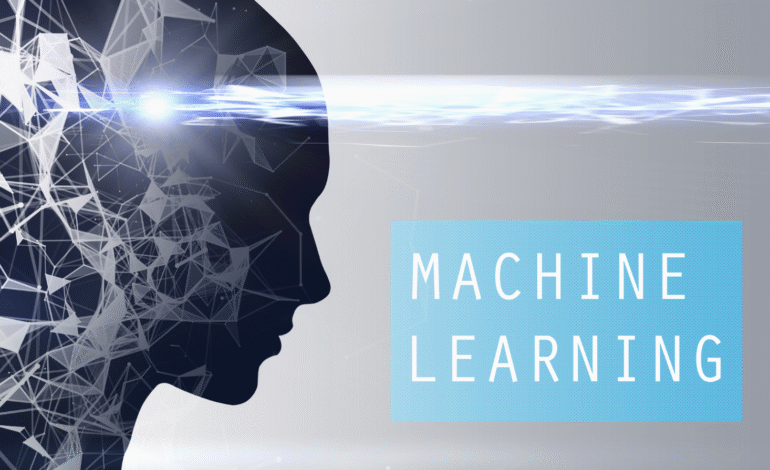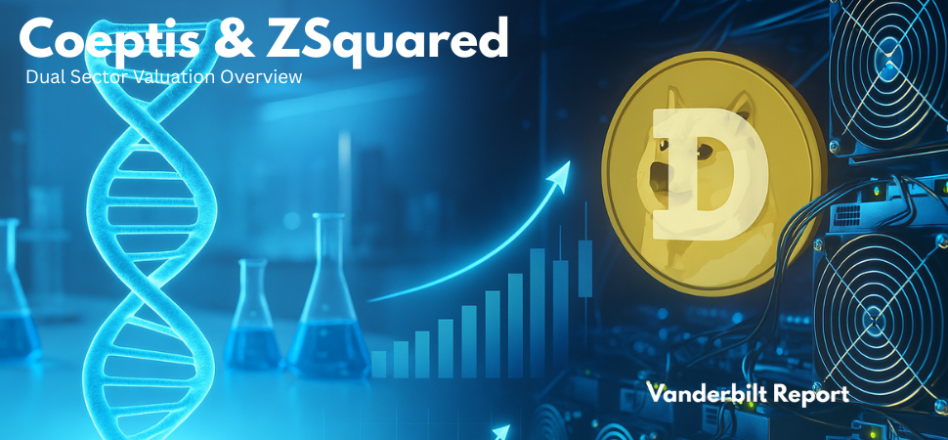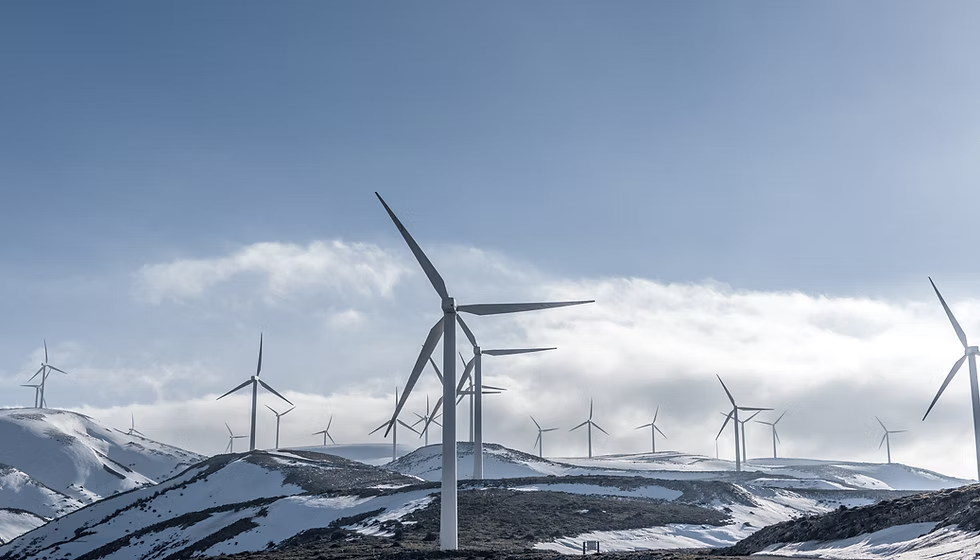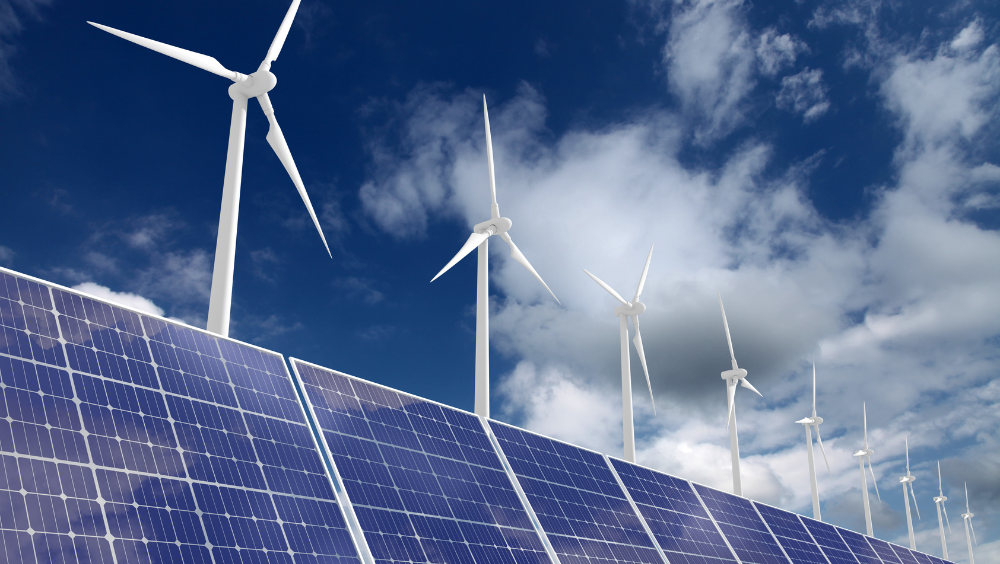Machine Learning for Predicting Energy Demand Surges

Machine learning (ML) is transforming the way energy providers predict and manage demand surges, enabling more efficient and reliable grid operations in 2025. IBM is leading innovations in this space by deploying advanced ML techniques such as multivariate time-series forecasting and foundation models to analyze vast arrays of historical, environmental, and socio-economic data.
Accurate demand prediction is essential for balancing energy supply and consumption, reducing costs, preventing outages, and integrating renewable energy sources effectively. Traditional forecasting methods often fall short due to the increasing complexity of energy grids and the variability of distributed energy resources. ML models trained on real-time smart meter data, weather conditions, economic indicators, and usage patterns generate highly precise forecasts that continuously improve as new data become available.
IBM’s Granite Time Series and watsonx.ai platforms provide scalable, efficient solutions capable of forecasting short-term and long-term energy demand surges with low error margins. These models also facilitate contingency planning, such as simulating multiple failure scenarios to enhance grid resilience against disruptions.
Beyond operational benefits, ML-driven demand forecasting supports broader climate and sustainability initiatives by optimizing energy use, reducing greenhouse gas emissions, and encouraging demand-side management. Utilities can strategically manage energy storage, increase renewable integration, and design incentive programs to shift consumption away from peak periods.
Overall, IBM’s machine learning solutions are critical tools empowering the energy sector to meet growing demands reliably and sustainably in an increasingly complex and decarbonized energy landscape








